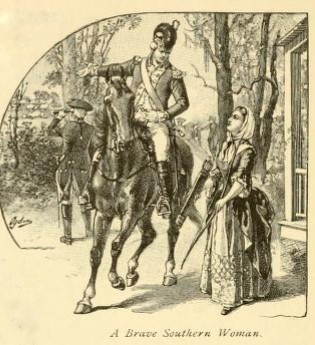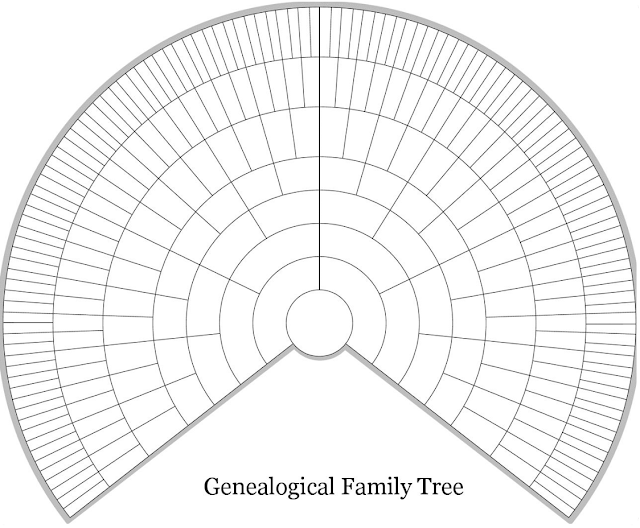A WOMAN AHEAD OF HER TIME

A shovel, an ax and a saw My Mother, Margueritte Howell Boye carried a shovel, an ax, and a saw in the trunk of her car from the time she started driving at about 15 years of age until she had to give it up. You never know when you will come upon a tree across the road. Shortly after Margueritte was born, her Father joined the U.S. Forest Service as Supervisor of the Selway National Forest in Idaho. The family lived in the small town of Kooskia, Idaho during the winter months. In the summer months, they took a pack train into the forest and lived in a camp with forest workers. Mother grew up learning to be responsible and take care of herself. Mother and her parents moved to Spokane sometime before she finished elementary school and my Grandparents went into the hardware business. I suspect that my Grandparents wanted a better education for their daughter than was available in the tiny town of Kooskia. Margueritte, Charles and Ica Howell Pharmacist in the 1920s By the time Mother ...






